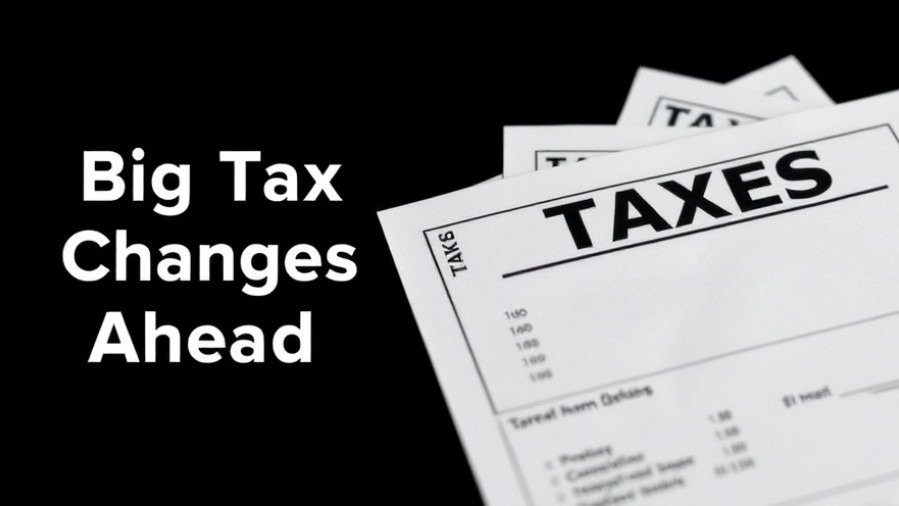
Understanding the OBBBA Senior Deduction
The One Big Beautiful Bill Act (OBBBA) has introduced significant changes in U.S. tax policy, particularly with the addition of a senior deduction aimed at seniors aged 65 and older. This new deduction is set to reduce their taxable income, but its implementation reveals fundamental flaws in how tax relief is structured in this country.
The Core Problem: Poor Targeting of Tax Benefits
At first glance, the OBBBA senior deduction appears beneficial, raising the additional standard deduction from $2,000 to $6,000 for single filers aged 65 and over. While this seems generous, it fails to meet the critical neutrality principle of sound tax policy, which aims to provide equitable tax treatment across varying demographics, regardless of age. This new provision disproportionately favors those with higher incomes, leaving low-income retirees, who often struggle with rising living costs, with negligible tax relief.
The OBBBA's deduction phases out for individual filers making above $75,000 and couples earning above $150,000, but many seniors in that income bracket may not be the ones primarily in need of assistance. As the Tax Foundation analysis pointed out, most benefits seem to trickle to retirees in the second and third income quintiles, while those in the bottom income quintile see little to no benefit.
Analyzing the Distribution of Benefits
Seniors currently eligible for the OBBBA senior deduction are anticipated to see an average increase of about $780 in their after-tax income—an increase that seems beneficial but only serves to widen the gap between those who are financially stable and those who are not. With the percentage growth in after-tax income notably skewed towards wealthier retirees, the policy does little to support those facing urgent financial pressures due to inflation or unexpected healthcare costs.
Historical Context: A Shift Towards Tax Relief for Seniors
A look back at historical data reveals an increasing number of tax returns filed by seniors—accounting for more than 19% of total federal tax returns in 2022. This growing demographic also represents a rising share of adjusted gross income (AGI), indicating not only an increase in the senior population but also a significant shift in their economic status. Thus, targeting tax breaks specifically for them through the OBBBA seems to contribute to a growing trend rather than addressing its complications effectively.
Policy Implications and Future Predictions
As policymakers consider extending such tax provisions in the future, it is crucial to reevaluate their efficacy. Given the demographic shifts and the financial diversity within the senior population, approaches to tax relief need to be both cost-effective and reach those who are most in need. Focusing on need-based interventions rather than demographic identifiers could insulate vulnerable seniors from suffering further financial hardship.
Taking Action: What This Means for Small Business Owners
For small business owners and entrepreneurs, understanding the nuances of the OBBBA's provisions can be crucial for financial planning. The reduced taxes for seniors could influence buyer behavior among seniors, who might have increased discretionary spending as a result. Furthermore, tax policies targeting specific demographics can have ripple effects in the marketplace; thus, strategizing effectively in light of this deduction could provide opportunities for businesses catering to seniors.
Final Thoughts: The Bigger Picture of Tax Policy Reform
The complexities and unintended consequences of tax policies like the OBBBA senior deduction serve as a reminder of the work that remains in reforming the U.S. tax code. While the intent to provide relief for seniors is commendable, it is essential that future provisions be structured in a manner that truly assists those in need without exacerbating existing inequalities. Small business owners and retirees alike should stay informed on potential changes, advocating for tax reforms that seek to genuinely benefit all sectors of society.
 Add Row
Add Row  Add
Add 




Write A Comment